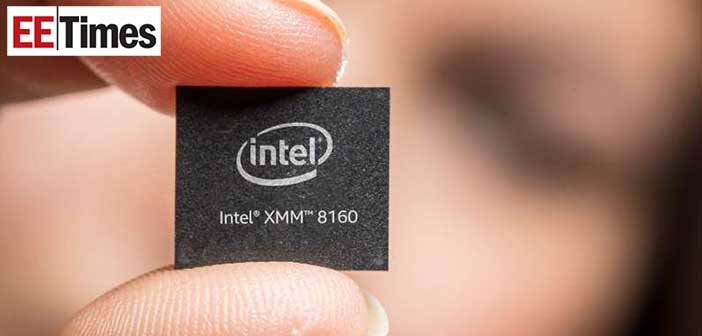09
Jun
Apple Will Be Hard-Pressed to Build a Rock Star 5G Modem

Everybody is looking toward the Apple event on September 10th, expecting new iPhones. Those phones will certainly not support 5G. While 5G rollouts are ramping up, I wanted to take stock of the situation in their preparedness for 5G phones and specifically how they are placed from the modem perspective.
Since Apple announced the deal to buy Intel’s failed modem business there has been much analysis of the reasons and the merits of the deal. My opinions were quoted in CNBC and NBC. The real question now is, “Can Apple turn around the lagging Intel modem technology, and develop a competitive modem?”
Standards leadership
Modems are the embodiment of the wireless standards developed by the industry body 3GPP (3rd Generation Partnership project). 3GPP adopts the best technologies among numerous proposals from its members into standards. If one wants to be modem leaders, they’ve got to be leaders in standardization.
Standards leadership allows companies to incorporate their technology into standards, which gives them a significant head start against the competition in productizing that technology. Such leadership requires not just modem competence, but end-to-end systems expertise, built over many years with large, sustained investments. Additionally, it requires close collaboration with other 3GPP members to build trust through open sharing of ideas, intentions, objectives, and aspirations.
Apple is famous for its penchant for secrecy. Most of its leading technologies are proprietary that work within its own ecosystem. So, to be a modem leader, Apple has to fundamentally change its approach to technology development.
Performance leadership
Modem performance is of paramount importance today and will be even more so in the future, when 5G goes beyond smartphones to connect industrial IoT, and mission-critical services. No market leader wants to be seen as a laggard. If you fall behind it is extremely hard to catch-up. Intel is a vivid example of how this can be catastrophic.
Intel has a reasonably good modem, albeit with inferior performance compared to market leaders. Apple has to start afresh on 5G. That means they are at least a couple of years behind competitors such as Qualcomm, Samsung, Huawei, MediaTek, and others. It’s an open question on how fast they can catch up.

